These co-op students went to Kenya to find ways to prevent one of the world’s most deadly tropical diseases
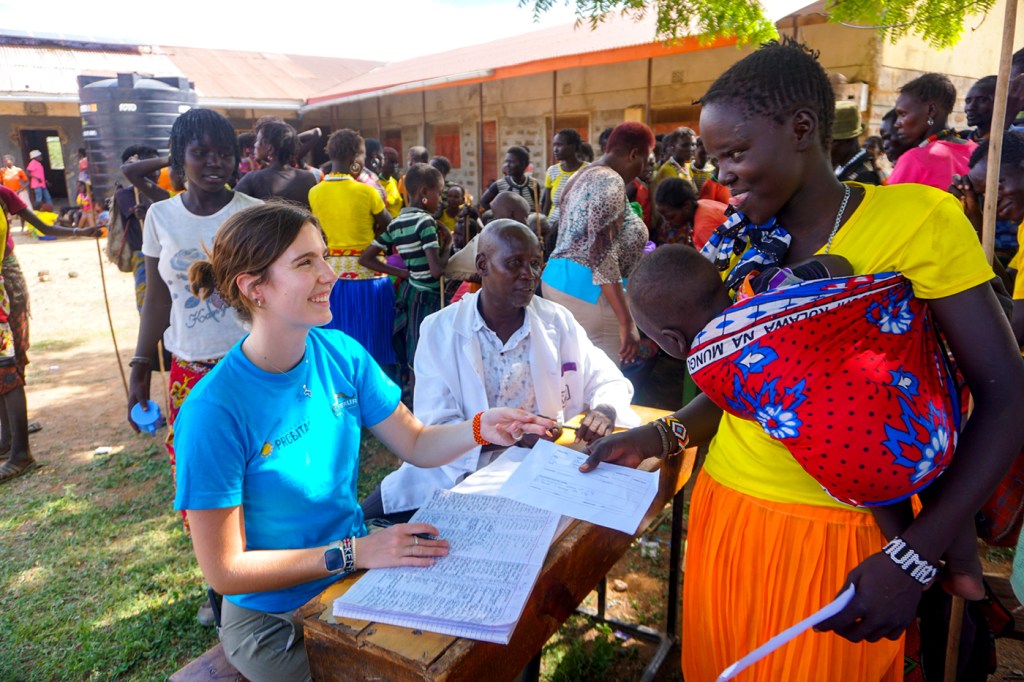
You may never have heard of visceral leishmaniasis, even though it’s the second deadliest parasitic disease in the world.
As far as this type of disease goes, Doctors Without Borders says it’s topped only by malaria and is nearly always fatal if not treated.
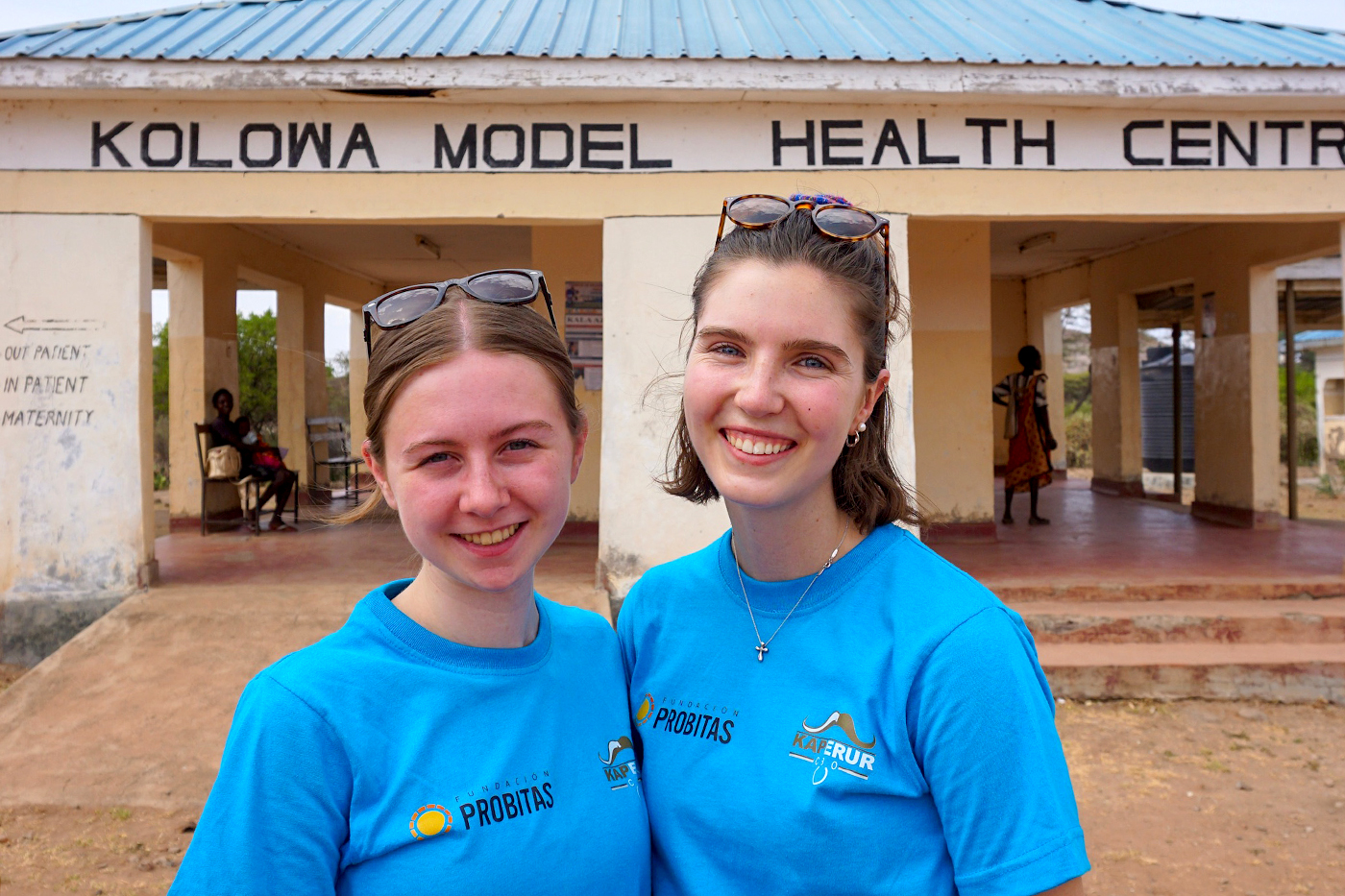
But its occurrence among impoverished and marginalized people in locations including Brazil, East Africa and India have led to its being overlooked as a subject of study and treatment, giving it the official status of a neglected tropical disease.
Northeastern students Grace Kennedy and Katherine O’Brien want to change that.
For their spring semester co-op they traveled to Kenya to do research on visceral leishmaniasis at a clinic in Baringo County established several years ago by Richard Wamai, an associate professor at Northeastern and global health expert.
Having recently returned to their homes in California and New Hampshire, Kennedy and O’Brien talked about their research, Wamai’s research clinic—The Research on Multi-Disease and Educational Services (TERMES) Center—and why they loved Kenya.
Both health science majors, Kennedy and O’Brien lived and worked together during their five months in Kenya, dividing their time between field research in Baringo County and academic projects in Nairobi.
It’s hard to do research on an area without seeing the place and seeing how people live, especially when you are studying their environment.
Katherine O’Brien, Northeastern student studying health science
Studying relapse rates
Their home base in the field was at the research center, which is connected to Chemolingot Sub-County Hospital and has a guest house on the campus.
“My study was focused on the outcomes of people being treated for visceral leishmaniasis. In Kenya the disease is known to have a relatively high relapse rate because the treatments were primarily developed for visceral leishmaniasis in Southeast Asia,” which has different characteristics, Kennedy says.
The high rate of poverty in Baringo County can also be an impediment to care, she says.
Although the 17-day course of treatment of visceral leishmaniasis is free, there is a cost for staying in the hospital and getting there, typically by a type of motorcycle taxi called a boda boda, Kennedy says.

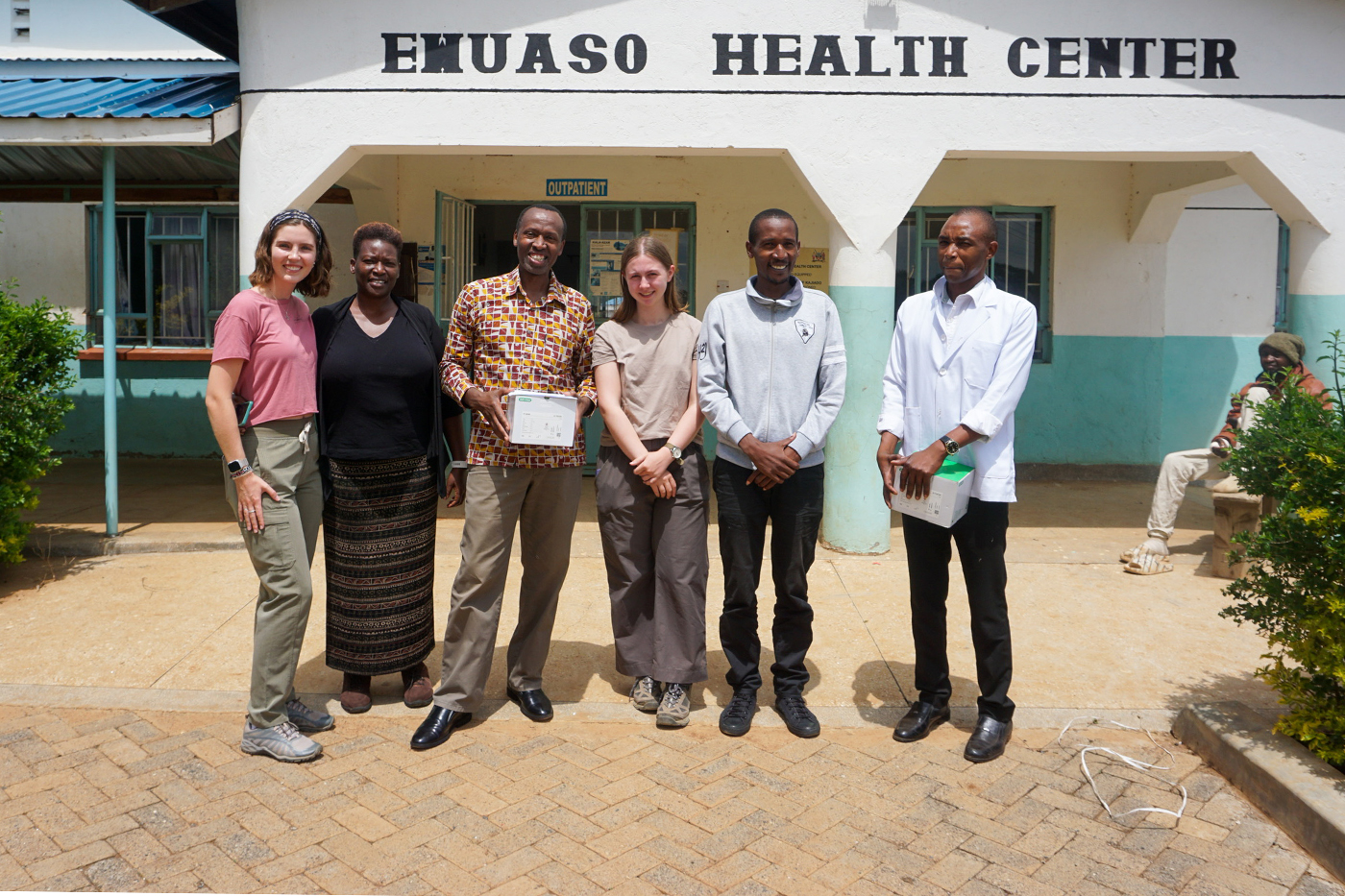
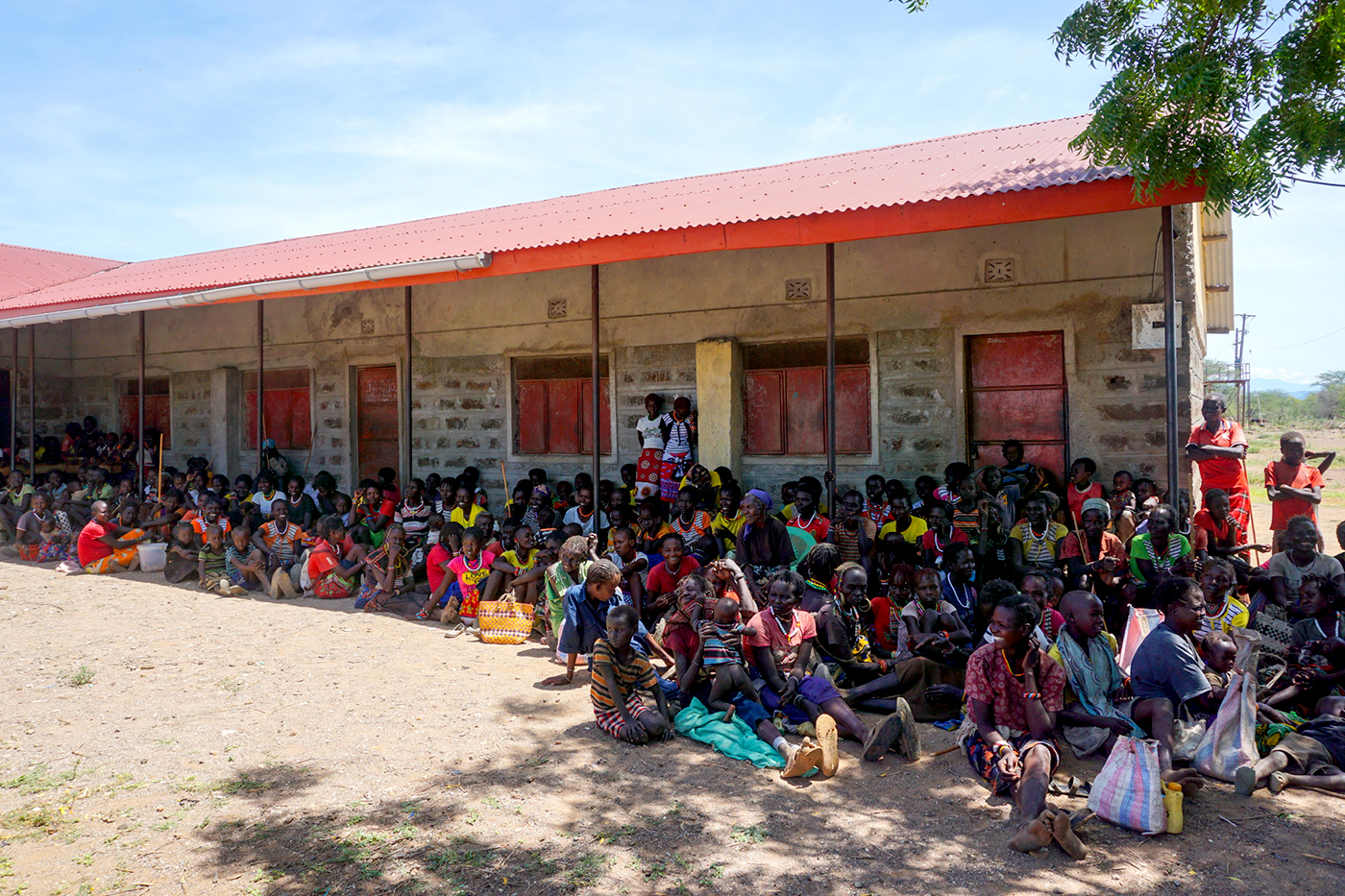

“I was wondering if there are people who don’t come back to the hospital even if they start to show symptoms again,” she says.
“I haven’t fully finished analyzing my data yet,” Kennedy says. “So far it appears most people return to the hospital when they are sick with visceral leishmaniasis symptoms, though often not until the situation becomes dire.”
Transmitted by the bite of the sand fly
The disease is caused by parasites transmitted by the bite of a female sandfly, according to the World Health Organization.
There are several forms of leishmaniasis, including a cutaneous version that causes skin lesions, but the visceral form is the most dangerous.
An estimated 50,000 to 90,000 new cases of visceral leishmaniasis occur annually, but only 25 to 45% of the cases are reported, according to WHO.
Fatal in more than 95% of the cases if left untreated, the disease is marked by fever, weight loss, anemia and enlargement of the spleen and liver.
In Kenya’s Baringo County, children playing by abandoned termite towers taken over by sandflies are at risk, as are the young boys who take care of the cattle, O’Brien says.
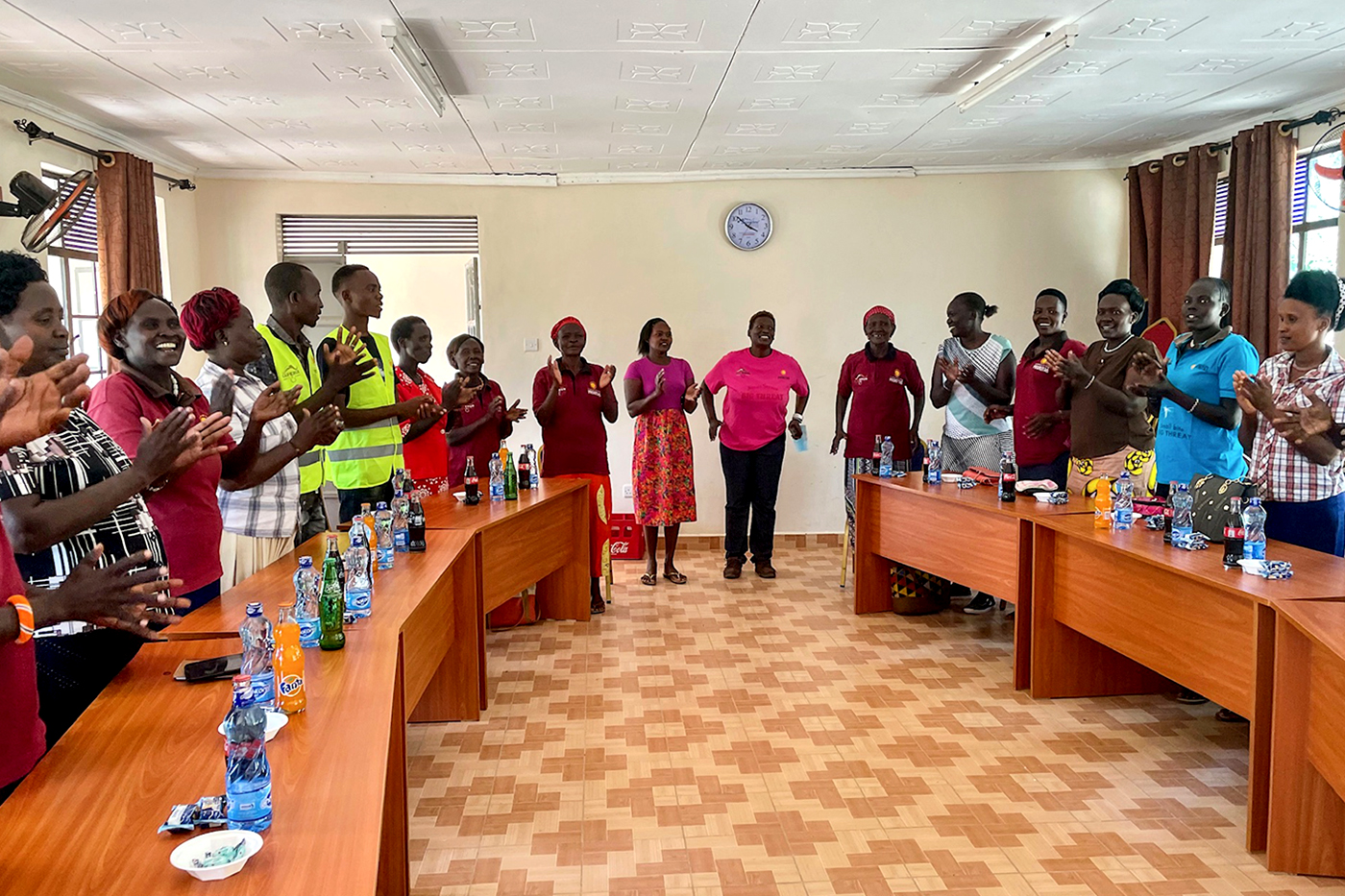
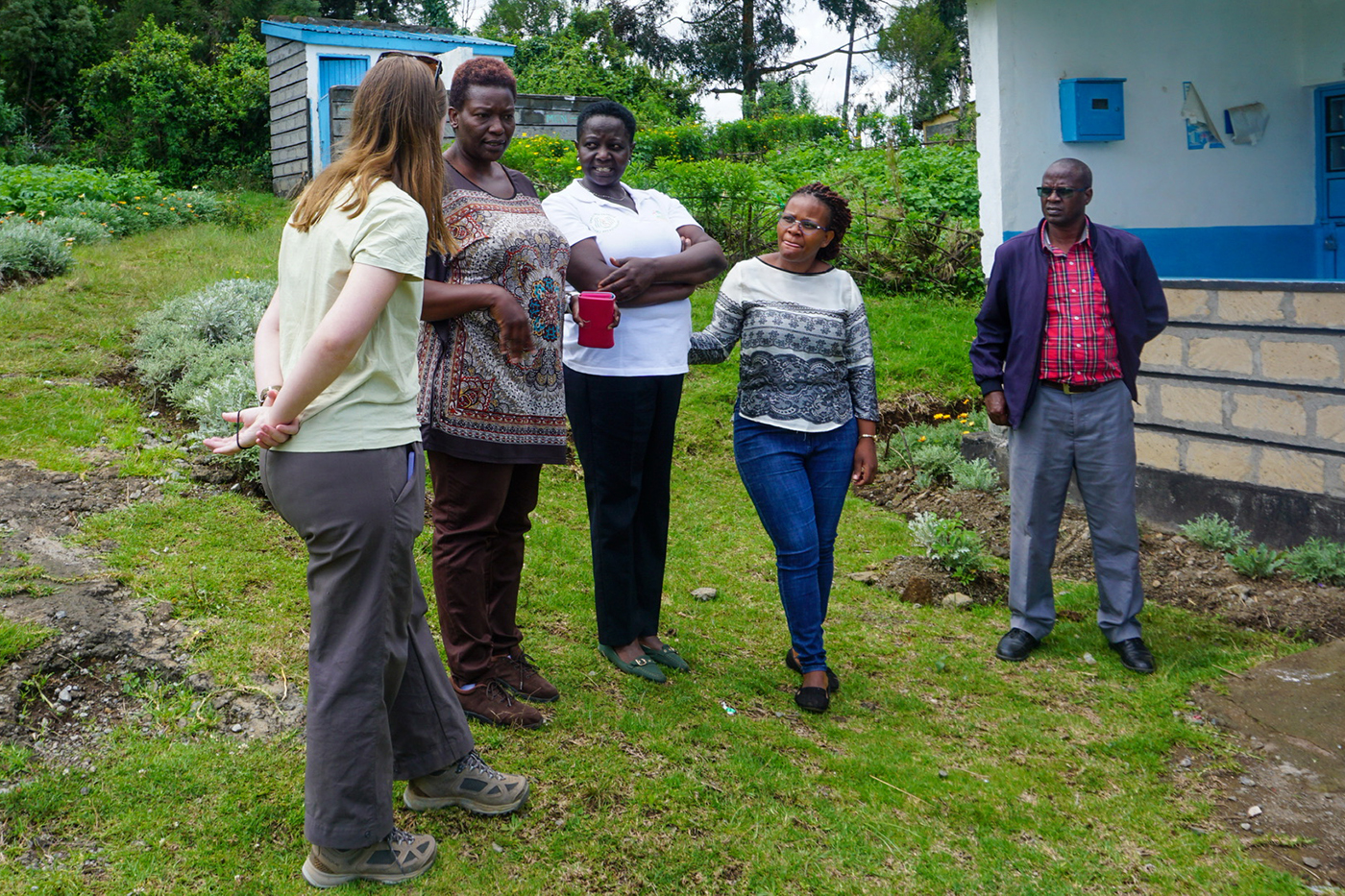
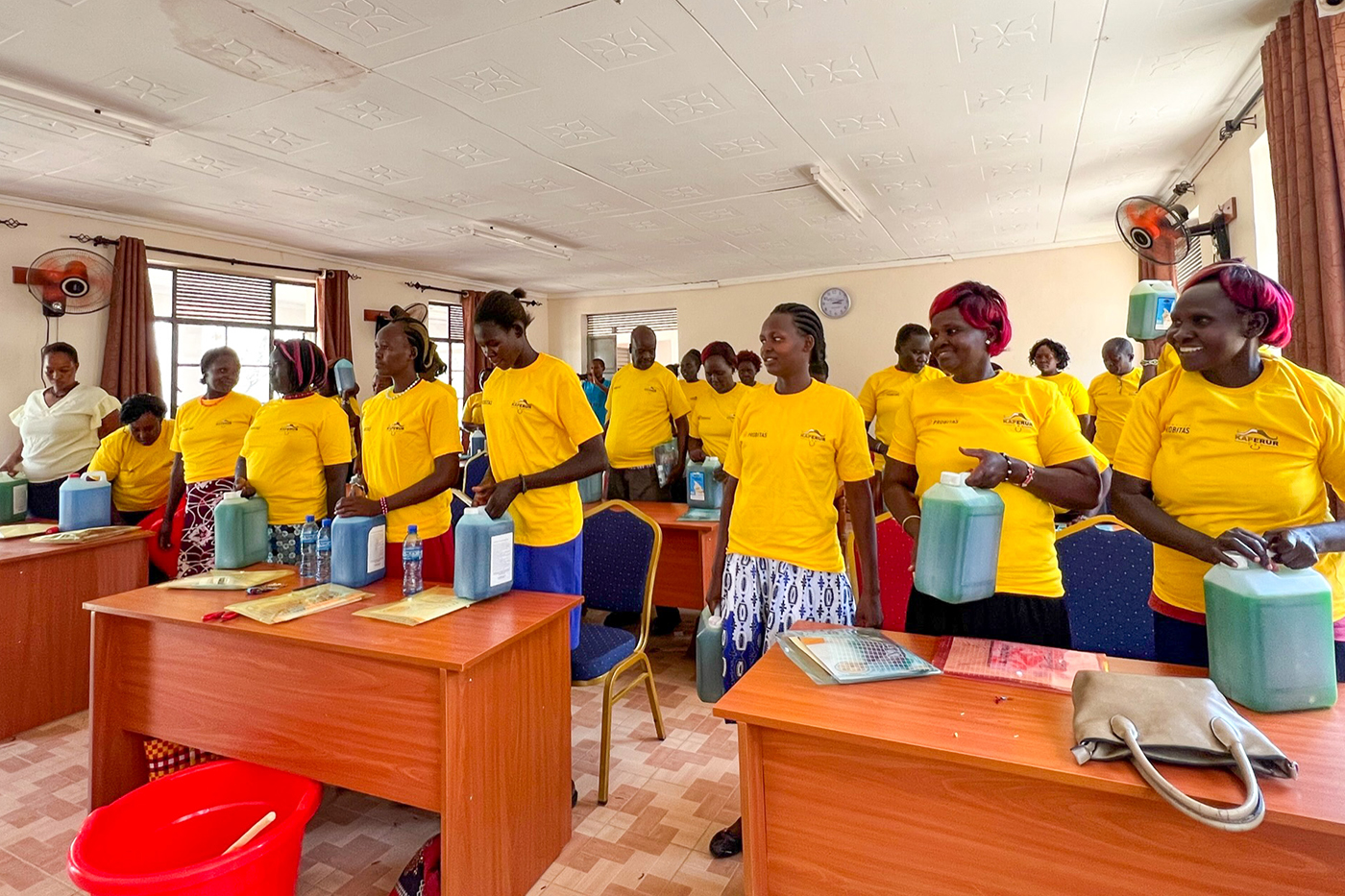
She says the round houses built of straw and mud that are popular in the area are another source of exposure.
“Sandflies prefer specific environments to live and breed in” including dark and moist places, O’Brien says.
Micro cracks that develop in the walls of mud and thatch houses create “a very favorable breeding environment for them,” says O’Brien, who is studying environmental risk factors—including housing—for visceral leishmaniasis for a paper she is currently writing.
Raising the area income so people could afford better housing is one solution to environmental risk factors, but in the meantime researchers focus on teaching people to repair cracks in their walls and the importance of destroying abandoned termite towers, she says.
Rural villages with no running water
In addition to their research, Kennedy and O’Brien also traveled to rural villages with no running water to teach local women health lessons, including how to make a type of soap that can prevent a bacterial infection of the eye.
“We focus on health education and interventions that are feasible for people” in addition to training community health volunteers, O’Brien says.
“Preventing people from getting sick really resonates with me,” says O’Brien, who plans to graduate in 2024 and go on to get a master’s degree in public health from Northeastern.
She had already conducted research on leishmaniasis before traveling to Kenya, but she is glad she made the 7,000 mile trip.
“It’s hard to do research on an area without seeing the place and seeing how people live, especially when you are studying their environment,” O’Brien says.
Kennedy, who is scheduled to graduate in 2025, says she and O’Brien appreciated the loveliness of the Kenyan countryside, where the temperature rarely dipped below 80.
“Baringo is so beautiful. It’s not a tourist area by any means,” Kennedy says, adding that the most exotic animals seen crossing the roads are ostriches and camels.
But what really struck the women, who received scholarships to fund their research, was the warmth and joyful demeanor of the Kenyan people, who liked to strike up friendly conversations, particularly in Nairobi, where nearly everyone speaks English.
“They’re all very proud to be Kenyans,” Kennedy says.
Cynthia McCormick Hibbert is a Northeastern Global News reporter. Email her at c.hibbert@northeastern.edu or contact her on Twitter at @HibbertCynthia.






